Schedule Appointment



CAD / CAM is a technological system that allows us the design and manufacture of dental prostheses by computer. With this digital technology, we can design and manufacture extraordinarily accurate and highest quality dental restorations.
Dental clinics use the CAD/CAM technology to produce restorations on implants, surgical guides, zircon crowns, implant abutments & we can restore from a tooth to a complete arch. Among the advantages that can be found with this system is the reduction in numbers surgical time, less inflammation, more accurate restorations and allows planning and fabrication of dental implants even before the procedure.
1. Scanning the tooth or dental implant in the model.
2. The computer design of the prosthesis by a three-dimensional software.
3. Robotic milling or manufacturing of parts.
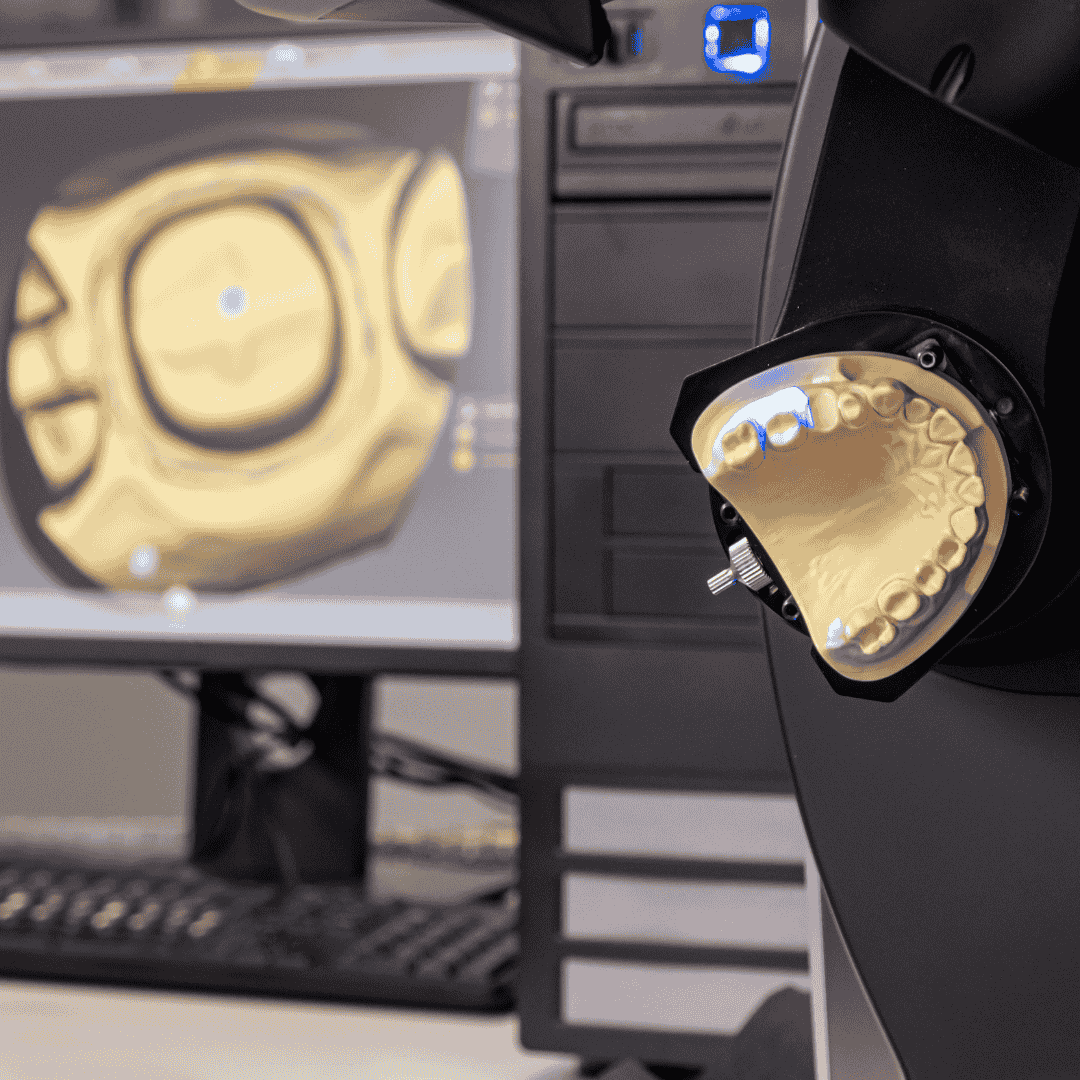
Radiovisiography (RVG) is the latest imaging technology in dentistry with minimal radiation. The RVG technique has many advantages over standard radiography. RVG technique saves the time spent on the diagnostic procedures as compared to traditional dental radiography. RVG also enables the process of archiving and following-up the presented case in the course of time.
Many times when the patient’s problem is very deep-rooted, there can be chances that the dental professional may not be able to determine the exact cause of the pain. This occurs because there are very fine blood vessels inside the gums, and in the bone tissues that supply blood to the teeth and surrounding bone. In such cases, RVG provides 3-D analysis of the patient’s condition which helps avoid the need for periapical surgeries in many cases.
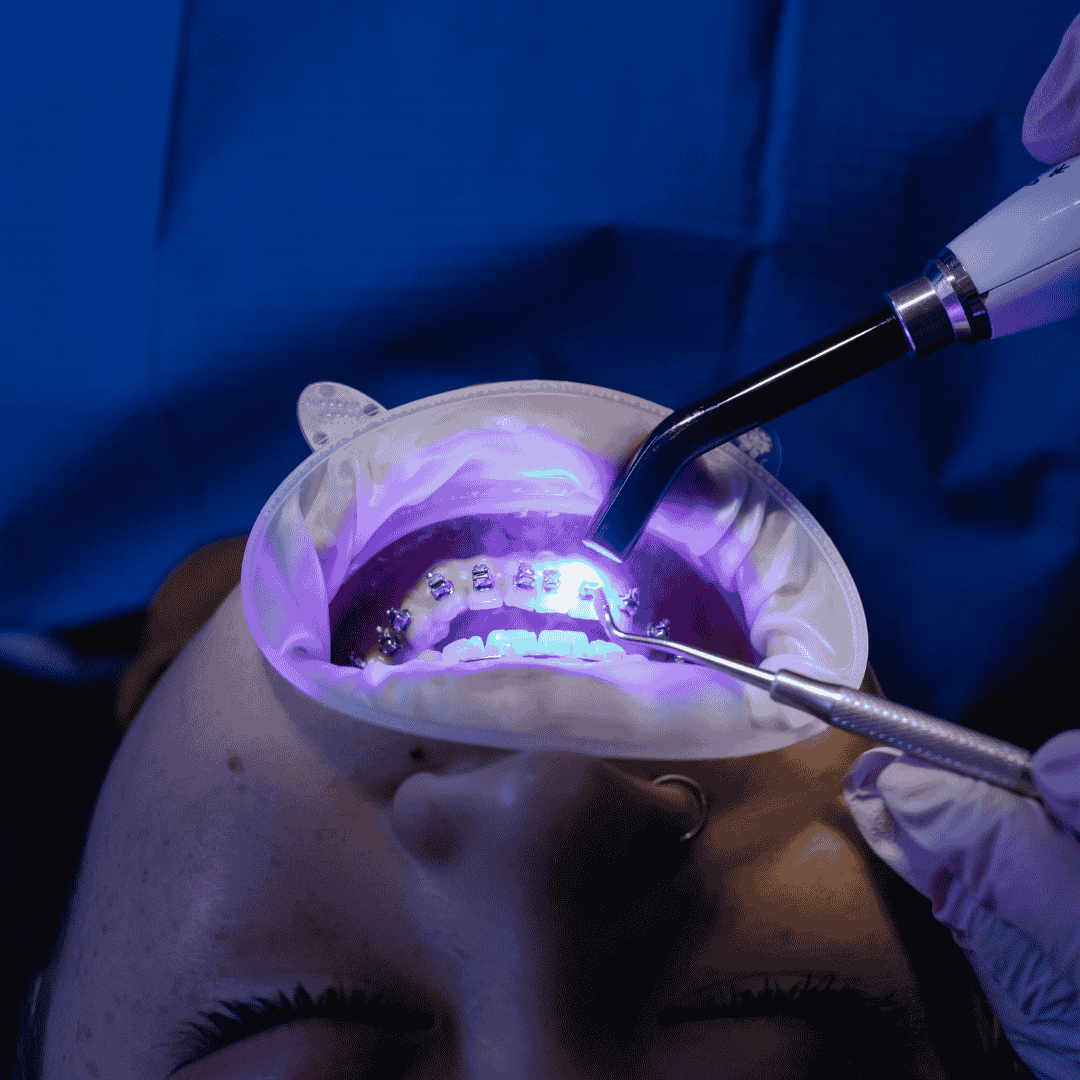
An OPG is a panoramic x-ray which displays all the teeth of the upper and lower jaw on a single film. The image demonstrates the position, number and the growth of all the teeth including those that have not yet erupted through the gums. An OPG is also used to diagnose problems of the jawbone and the joint which connects the jawbone to the head. This joint is known as the temporomandibular joint. An OPG may be used for various Orthodontics diagnosis to assess the growth of wisdom teeth or to have an overview of the teeth and bones that support the teeth.
The Procedure: The method might need the patient to remove any jewellery, lenses or spectacles, and and any metal objects on the body. These may obscure the images resulting in the images being blurry or shadowed. The patient is made to stand with the chin resting on a small shelf and gently bite on a sterile mouthpiece. This helps in keeping the head stable without shaking, which is essential while the x-ray is taken.
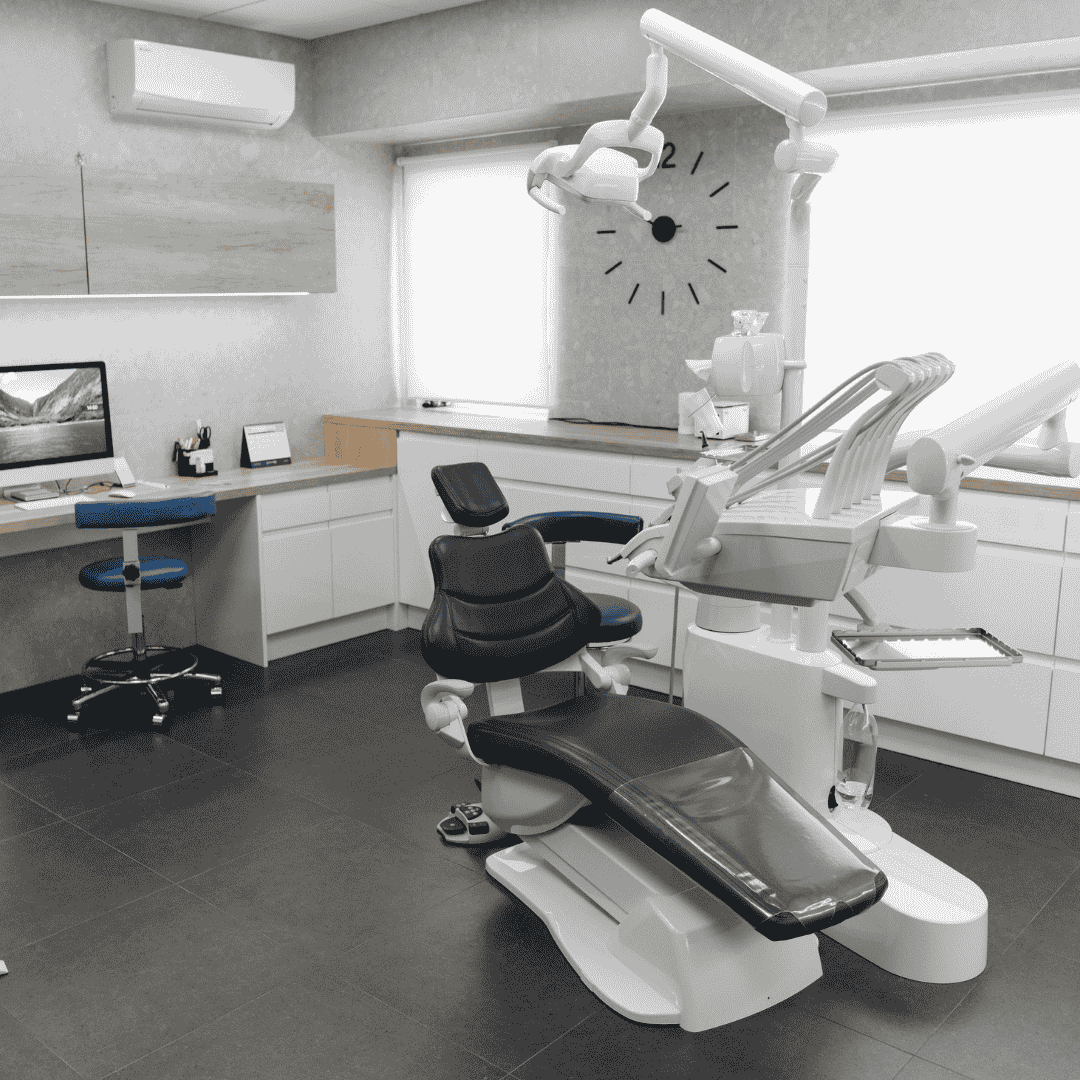
A Lateral Cephalogram is an imaging technique for the side view of the face, which shows the bones and facial profile on a single film. Lat Ceph x-rays are used in the diagnosis and treatment of orthodontic problems.
The Procedure: The patient will have to stand with the head against the machine so that it can be adjusted to their comfort. A pair of cone-shaped plastic supports is then gently placed in each ear like a pair of earphones. Both ears are aligned to ensure an exact side view of the face is obtained in the images.
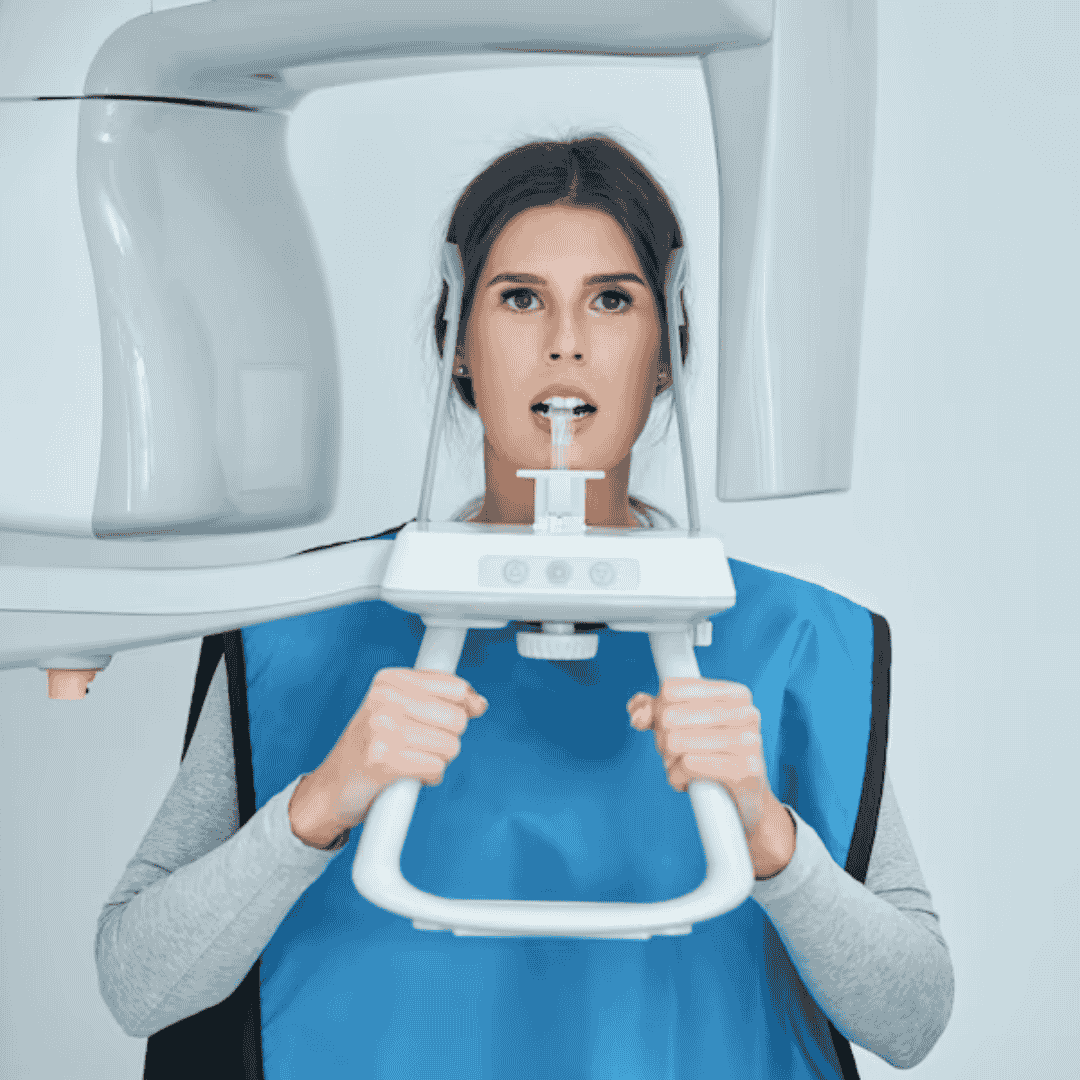
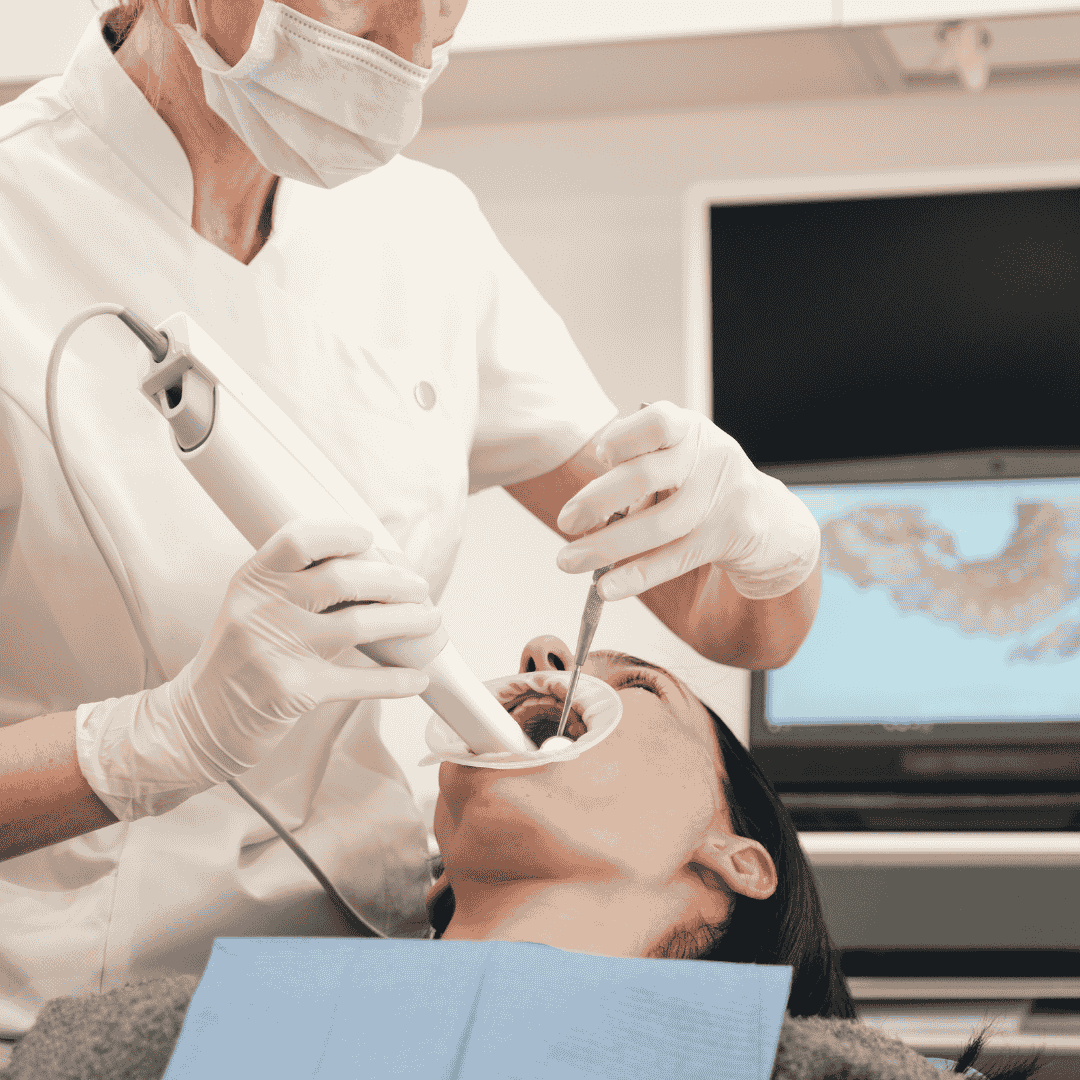
Intra Oral Cameras were introduced to the medical-dental system in 1989, and are being used widely in most dental clinics today. Dental professionals use intra oral cameras as an alternative to mirrors, to show their patients the inside of their mouths. IOCs allow the patients to see how the inside of their mouths look like, making it easy to explain their problem to the doctor exactly, aiding the dentist in consulting with them regarding various treatment options. Intra Oral Cameras (IOCs) are cameras used by dentists to show patients how the interior of their mouth looks. This helps to aid the dentist in recommending various treatment options to recommend appropriate treatments.
A centrifuge is designed to prepare autologous concentrated growth factor (CGF) with the use of the patient’s blood which is the ideal autologous source without the addition of exogenous substances. CGF represents a new generation of platelet that contains a much higher concentration of autologous growth factors.
L.P.G.F. – Liquid phase growth factors are proteins that regulate complex processes of wound healing and enhance the healing abilities of the body without any side-effects. The centrifuge produces various levels of concentrated proteins along with active proteins in liquefied form creates membranes for tissue regeneration and bone augmentation within just 12 minutes.
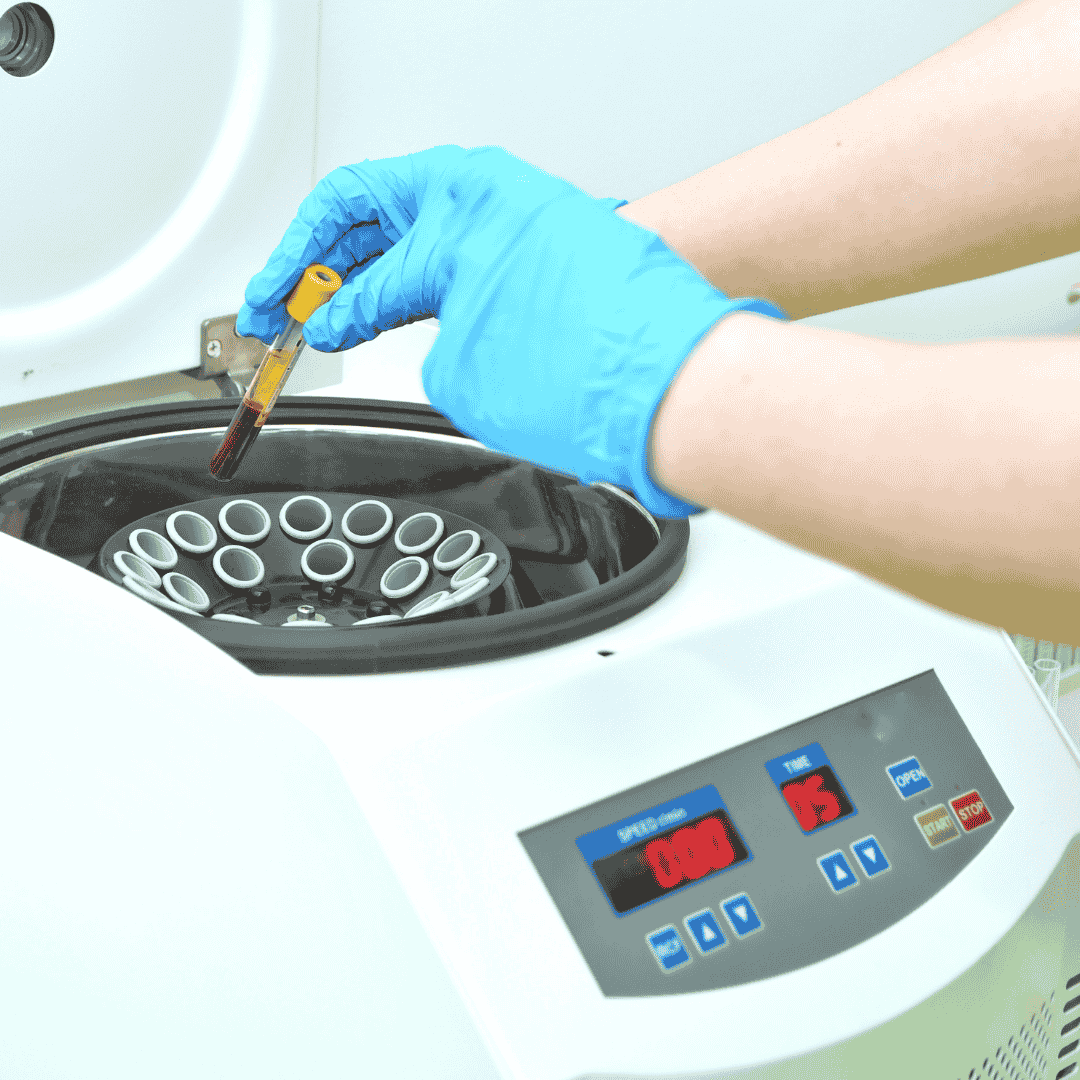
Dental instruments are classified into different categories depending on the risk of transmitting infection
